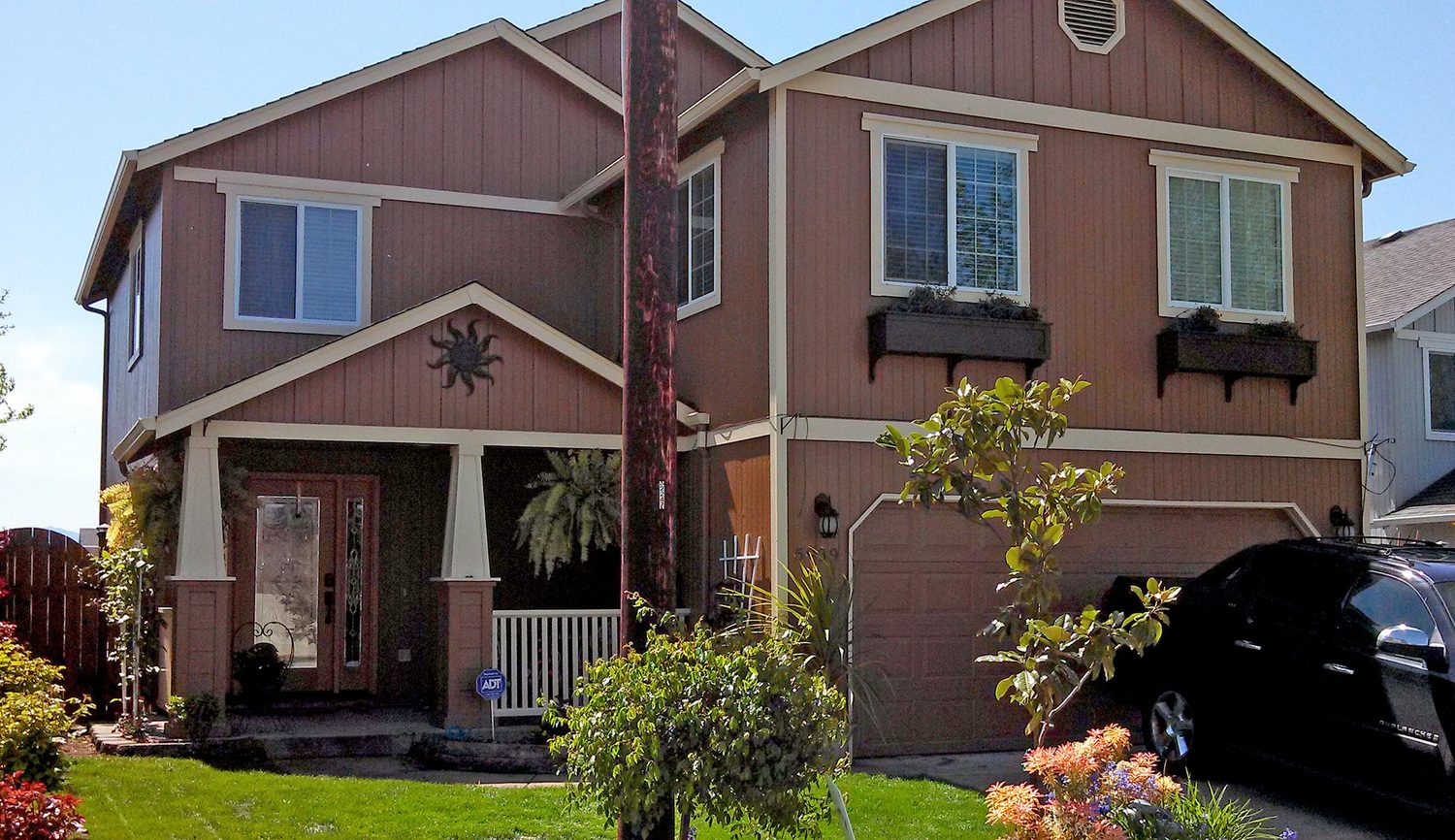Peeling paint can be a huge pain. No matter how great your interior decorating, peeling paint will quickly detract from it. And it’’s not just the kind of problem that strikes decades-old houses either. There are some very common mistakes that home painters make that can lead to this problem, and some are more obvious than others. No matter what’s causing your peeling problem, a professional painting service like ours is usually the best solution, and the best way to make sure that you don’t make the same mistake twice.
Here are a few of the most common reasons as well as some painting tips:
Paint was applied on moist walls.
It may be obvious to you that you shouldn’t paint walls that are wet, but not all moisture is created equal. Wallboard or drywall, especially when new and unpainted, can hold moisture even if it doesn’t feel wet to the touch. If you apply wall paint to wallboard with even a little bit of moisture in it, your paint is likely to peel sooner rather than later. Also, exterior paint jobs are especially susceptible to peeling caused by moisture.
Walls weren’t prepped correctly.
One of the biggest issues that separates professional painters from do-it-yourself-ers is the amount of preparation that goes into the paint job before a brush is even lifted. One of those preparation steps is sanding. Painting over an already-painted surface requires some work to make sure that the new coat doesn’t peel, including sanding off any glossy finish.
Using no primer or bad primer.
For many painting projects, the right primer is crucial to get a long lasting finish. For certain jobs, like painting over masonry or non-standard building materials, not any old primer will do. Peeling paint is all about paint not binding to a surface, and the wrong primer that doesn’t match up to the surface will not be as effective.
Using a cheap or low-quality primer can be almost as bad as using no primer. If the chemical makeup isn’t right in your primer, it’s not going to do the bonding job that you need it to do.
Using the wrong type of paint.
Inexpensive paint doesn’t just cause short-term problems like inconsistency or an inability to wash and clean walls after painting; it also often leads to peeling problems over time as the cheaper quality paint may not have the right amount of resins added to encourage adhesion.
If you’re having paint peeling problems, give us a call today and we’ll come to the rescue, or request a free quote online.













